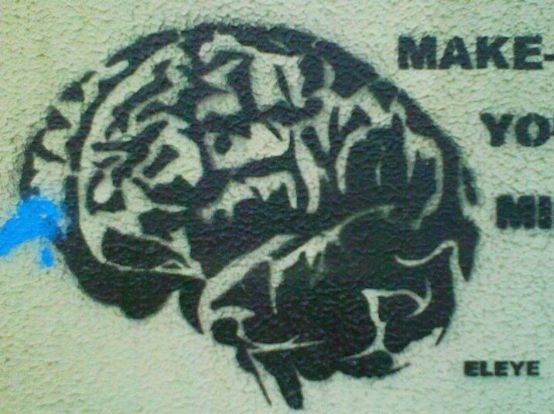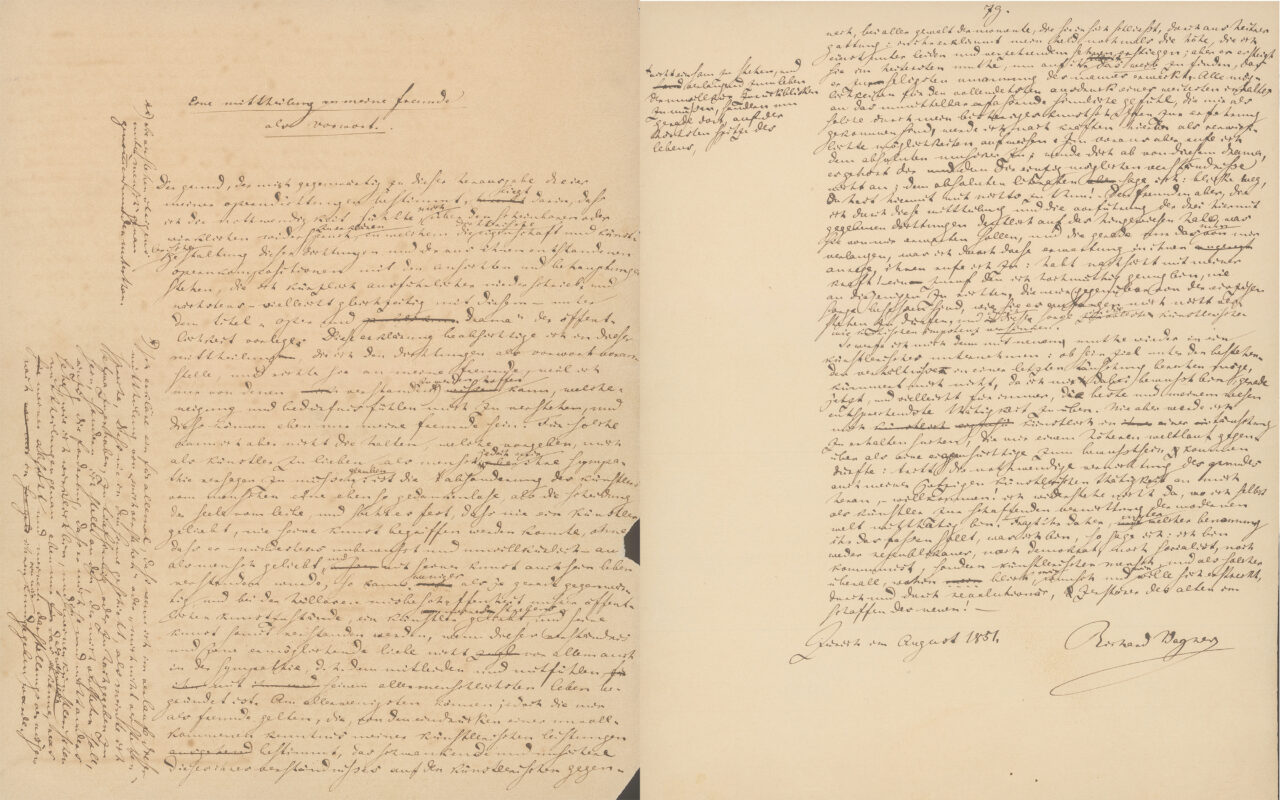Jazz and classical pianists use brains differently
Scientists at the Max Planck Institute for Human Cognitive and Brain Sciences (MPI CBS) in Leipzig have shown that different brain processes occur in jazz pianists than in classical pianists, even when they play the same piece of music.

A significant difference lies, for example, in the planning of movements when playing the piano. In principle, pianists, regardless of the style, must first know what they are playing, i.e. which keys to press, and then how to play it, i.e. which fingers to use. What varies according to the style of music, however, is the weighting of these two steps.
Accordingly, classical pianists concentrate particularly on the second step in their playing, the how. For them, it is about playing a piece in a technically flawless and personally expressive way. The choice of fingering, for example, is crucial for this. Jazz pianists, on the other hand, are different: they focus primarily on the what. They are always prepared to improvise and adapt their playing flexibly to surprising harmonies.
The scientists at the MPI CBS investigated these correlations with the help of 30 professional pianists, half of whom had specialized in jazz for at least two years and the other half in classical music. They were shown on a screen a hand playing a sequence of chords on a piano, peppered with deliberate stumbling blocks in the harmonies and fingerings. The professional pianists were asked to imitate her and react flexibly to the irregularities, while their brain signals were recorded by EEG sensors on their heads. In order to exclude interfering signals such as acoustic signals, the whole thing took place completely without sounds, as silent piano playing.
More info:
http://www.cbs.mpg.de/Gehirne-von-Jazz-und-Klassik-Pianisten-ticken-unterschiedlich







